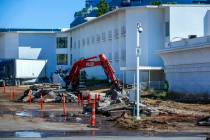Trade show leaders say rival cities trying to poach Las Vegas conventions
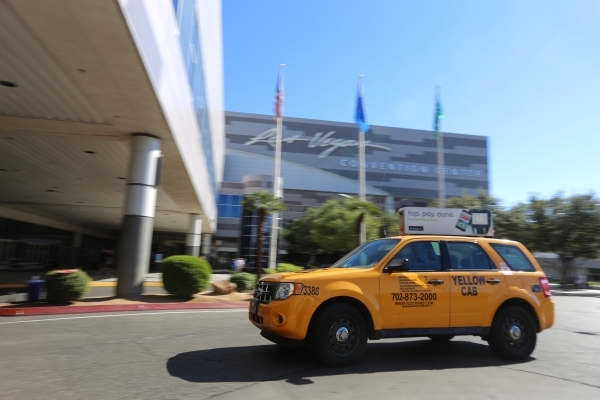
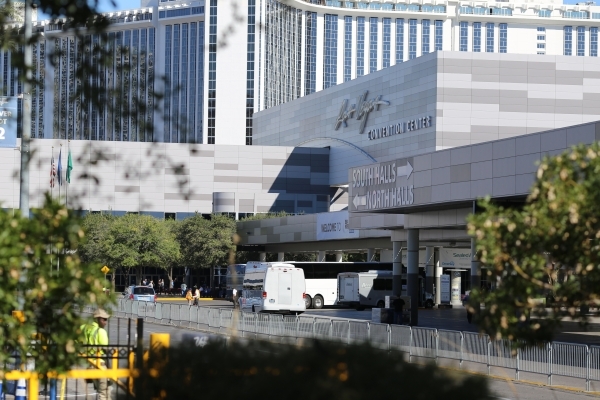
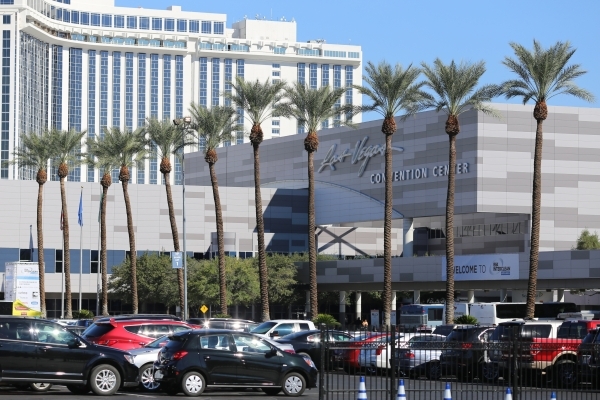
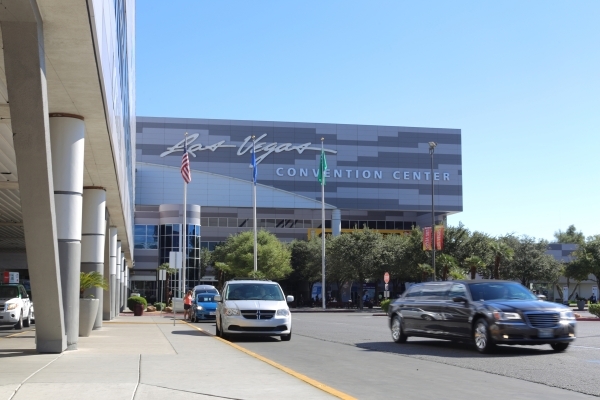
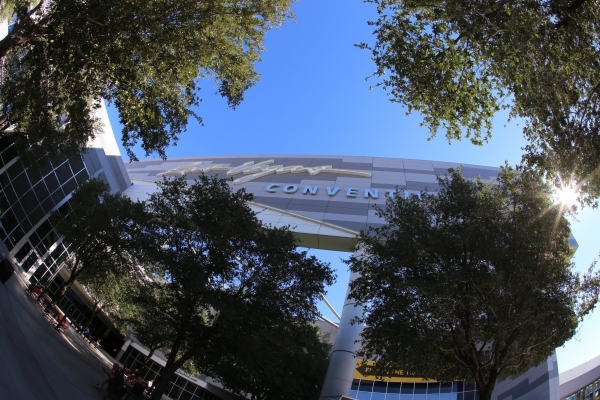
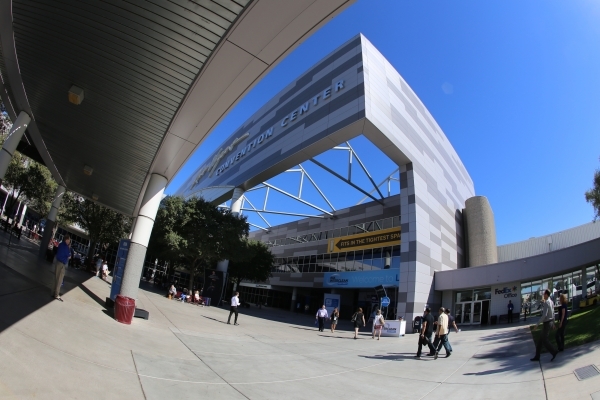
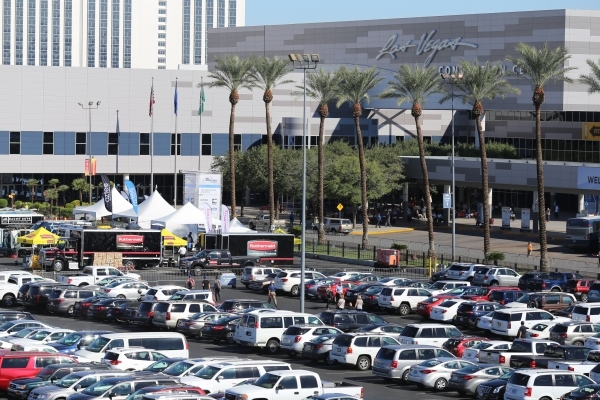
Las Vegas has an enormous target on its back as rival cities worldwide attempt to pick off trade show business it can steal.
That was the message delivered Thursday to the Southern Nevada Tourism Infrastructure Committee — and it didn’t come entirely from local industry representatives.
Trade show managers from the Consumer Electronics Association, the Association of Equipment Manufacturers, UBM-Advanstar, the National Association of Broadcasters, the Specialty Marketing Association and the International Council of Shopping Centers addressed the 11-member committee appointed by Gov. Brian Sandoval to develop a strategy to keep the Southern Nevada tourism economy thriving.
The committee conducted its third of five fact-finding sessions prior to making decisions about solutions and priorities next year.
The Las Vegas Convention and Visitors Authority also received its first pushback from the resort industry on its planned $2.3 billion Convention Center District improvement program.
The trade-show panel, representing the leadership that brings the largest conventions and trade shows to Las Vegas, told the committee that it’s vital to get to work on the four-phase improvement program.
Rossi Ralenkotter, president and CEO of the Las Vegas Convention and Visitors Authority, told the committee that the loss of a 50,000-delegate convention would represent a $51 million economic impact hit to the community.
The trade-show representatives were brutally candid about their assessment of Las Vegas’ position.
LEAVING LAS VEGAS?
Tim McGuinness, staff vice president of global trade expositions for the International Council of Shopping Centers, told the committee how close his organization was to moving its annual ReCon commercial real estate show to Chicago. He said his board of directors voted 23-1 to leave Las Vegas, but the board changed its mind when it learned the LVCVA had begun efforts to expand and refurbish the convention center.
Karen Chupka, senior vice president of the International Consumer Electronics Show, said her group has tested the waters in Asia, staging its first CES show in Shanghai earlier this year. The show drew 28,000 attendees. CES in Las Vegas usually draws more than 150,000 people.
She also said that because of the lack of space in Las Vegas, the organization will cap attendance to the 2016 CES in January for the first time in its history.
Chris Brown, executive vice president of conventions and business operations for the National Association of Broadcasters, said the convention center’s technology is subpar compared with facilities in other locations.
Tony Calanca, executive vice president of exhibitions for UBM-Advanstar, which produces the Men’s Apparel Guild in California fashion trade shows in Las Vegas twice a year, said the city should have begun updating its facilities years ago and the planned improvements will help but will still keep the city behind the curve.
In addition to the need to expand existing large shows, panelists said expanding facilities would enable the city to attract new shows that can’t get on the Las Vegas calendar because existing venues are full.
The four-phase Convention Center District strategic plan involves the acquisition of 26.4 acres occupied by the old Riviera hotel-casino for future outdoor exhibits — which already has been approved — the construction of 1.4 million square feet of new exhibit halls, meeting rooms and support facilities on land bordered by the Riviera campus, Paradise Road and Convention Center Drive, the renovation of 3.2 million square feet of existing facilities, the addition of 575,000 square feet to existing facilities and undetermined future improvements on the Riviera land.
Phase 1, the acquisition and demolition of the Riviera, is the only piece of the project that is fully funded. Ralenkotter said the $1.4 billion in expansion and renovation improvements would require financing, the first time the LVCVA has embarked on an expansion without having funds in hand.
By pursuing the project in phases, the LVCVA would be able to build new facilities without disrupting the existing show schedule. When Miami built new convention facilities on its grounds, it lost 17 shows when moves to other locations that were considered temporary became permanent.
Las Vegas Sands, MGM Resorts International and Caesars Entertainment also told the committee about their convention facilities and how they fit into the Southern Nevada transportation infrastructure.
COMPETING WITH FREE ENTERPRISE
While MGM and Caesars support the Las Vegas Convention Center project, Las Vegas Sands became the first local company to oppose it, stating they view it as taxpayer money being used to develop facilities of a private-company competitor.
George Markantonis, president and chief operating officer of The Venetian and Palazzo and a member of the committee, said the company supports investments in pedestrian walkways, roads, mass transit systems and even a stadium in support of citywide events and the University of Nevada, Las Vegas. But he finds the investment of public money in the Convention Center to be inappropriate.
The company has had a history of opposing Convention Center projects for similar reasons, dating back to 1999 before The Venetian opened.
Ralenkotter said Las Vegas Sands has access to LVCVA-led efforts to attract new shows to the city.
Contact reporter Richard N. Velotta at rvelotta@reviewjournal.com or 702-477-3893. Find @RickVelotta on Twitter.











